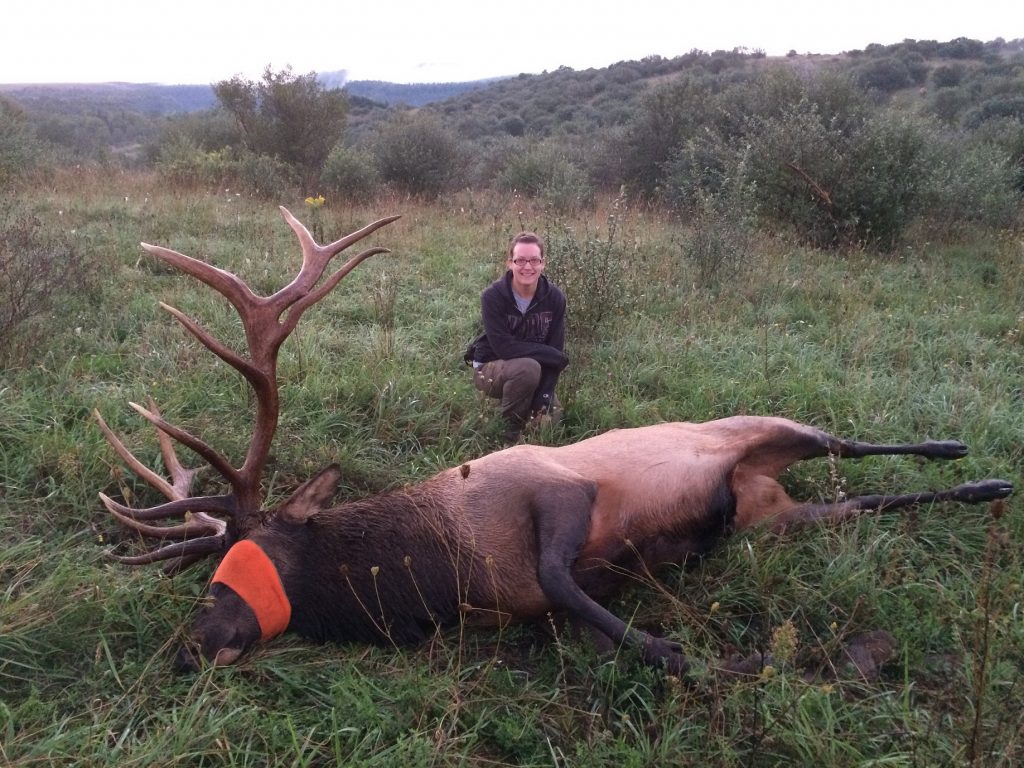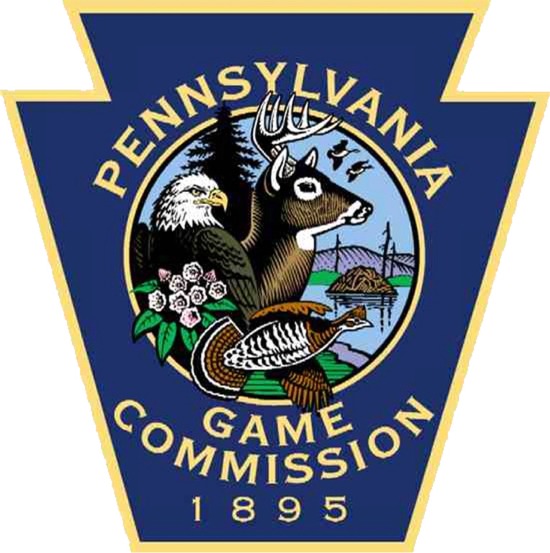From the Northern Crew:
Dear deer people,
April and I had the privilege of assisting Jeremy Banfield [PGC Elk Biologist] and Brock Catalano [Elk BioAide] with two bull elk captures on Tuesday (aka “REAL cervids” as Jeremy put it ;-). I think we can both agree–it was fascinating. Their size alone is just impressive. They were darted and fitted with GPS collars. The first bull received a Keystone Elk County Alliance-sponsored video collar.
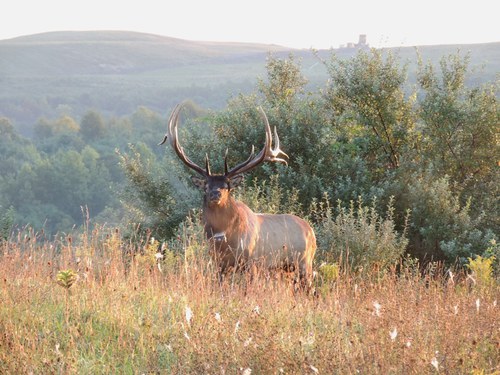
The rest of the week was a blur of telemetry beeps, but the fawns are still cruising around. A few of them have been exploring the outskirts of their normal home range.
Next week, the mechanic will hopefully find the root cause of Roof Rack’s issue(s).
Have a great week!
Field Crew Leader
From the Southern Crew:
Hi all,
Indeed an exciting week! I went about my regular work routine, but also had the chance to get involved in a few other activities!
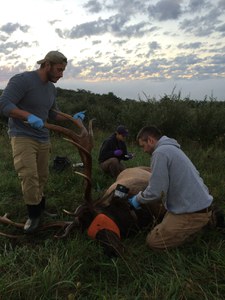 Tuesday, Hannah and I assisted Justin Brown [PGC Wildlife Veterinarian], Jeremy and Brock dart and GPS collar two bull elk! It was unlike anything I’ve ever experienced before mostly due to the elks’ immense size! [if you don’t get the picture, elk are big especially when you are used to handling deer] Seeing the elk GPS collars really puts their size into perspective compared to the GPS collars that we use for deer.
Tuesday, Hannah and I assisted Justin Brown [PGC Wildlife Veterinarian], Jeremy and Brock dart and GPS collar two bull elk! It was unlike anything I’ve ever experienced before mostly due to the elks’ immense size! [if you don’t get the picture, elk are big especially when you are used to handling deer] Seeing the elk GPS collars really puts their size into perspective compared to the GPS collars that we use for deer. 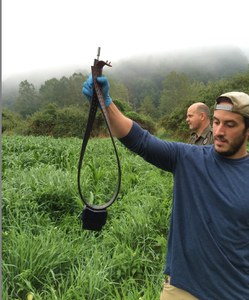
I’ll admit that I didn’t have high hopes for success on Tuesday, but I was still excited to spend the morning with some cool people, because I rarely get to spend time in the field with them. We heard bugling almost instantly, so we knew that elk were in the fog just beyond our view. Within the first 15 minutes, we found our first bull. It wasn’t too long after the release of our first bull that we found our second. Jeremy likes to think that he’s bringing us deer ladies to the “dark side” with elk. [Jeremy is mistaken. Elk are not the “dark side.” They are the fun side. With less than 1,000 elk in the state, they are unique, beautiful, and a privilege to study and manage.]
Thursday, I assisted Wyatt with duck banding on Haldeman Island. Normally, a majority of their captures are wood ducks but unfortunately all 7 of the funnel traps were empty. Many of the ponds on the island were dry or very low. However, it certainly wasn’t a wasted trip. Haldeman Island is beautiful. There were eagles, osprey, wood ducks, herons, bears, deer, and more!
Wyatt also needed to collect some Chronic Wasting Disease (CWD) samples from Disease Management Area 2 (DMA2). When we arrived, I found somewhat of a smelly and gory scene. But to an aspiring wildlife biologist, this was new and interesting. There was a bin full of deer heads in the freezer.
All of these road-killed deer were picked up in DMA2 and to be tested for CWD.
Wyatt started off by showing me how to dissect the head to extract both of the lymph nodes and the obex [the obex is found at the base of the brain near the spinal cord – it is sectioned and stained to identify whether the deer was infected].
I jumped in to help collect samples for testing, but certainly not as fast as Wyatt did. I’ve always enjoyed studying animal anatomy, so this was right up my alley.
A little stinky, but you got used to the smell after a while.
Field Crew Leader
If you would like to receive email alerts of new blog posts, subscribe here.
And Follow us on Twitter @WTDresearch
